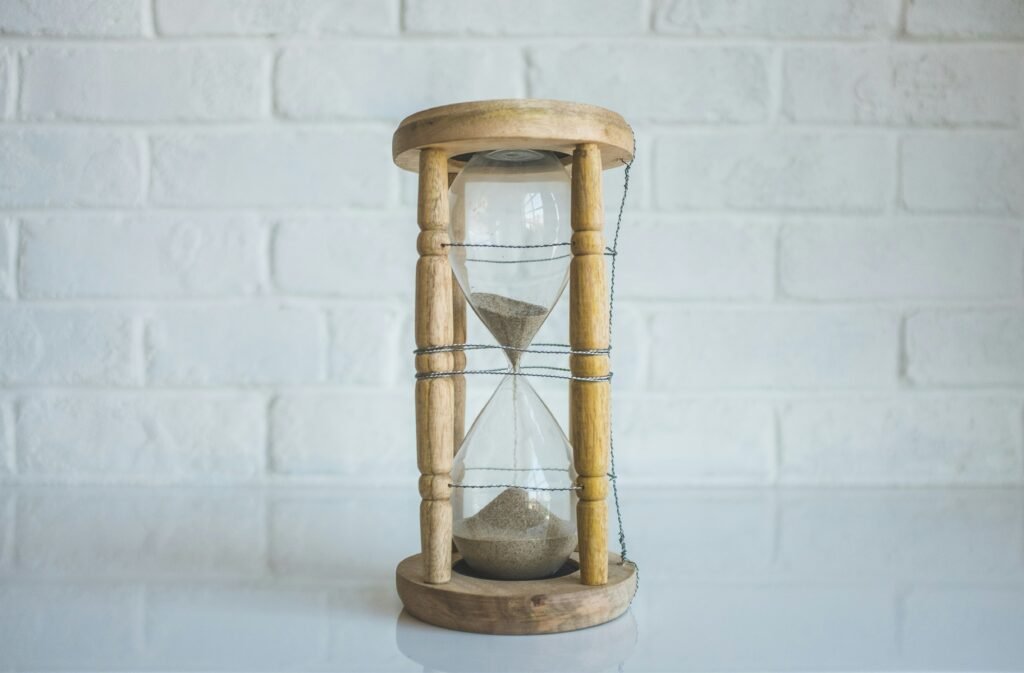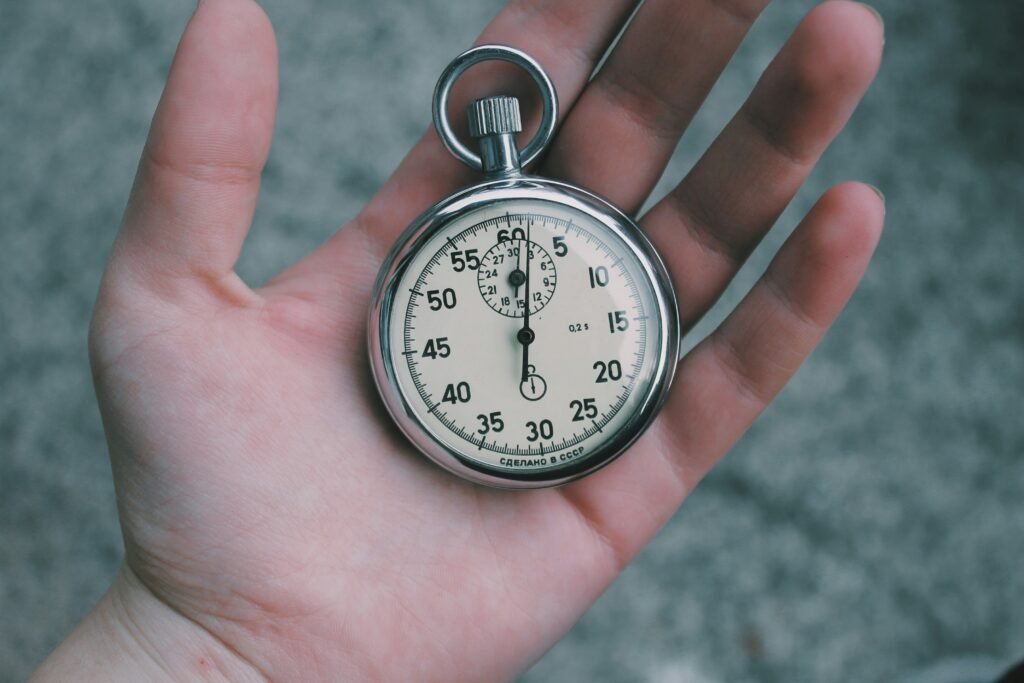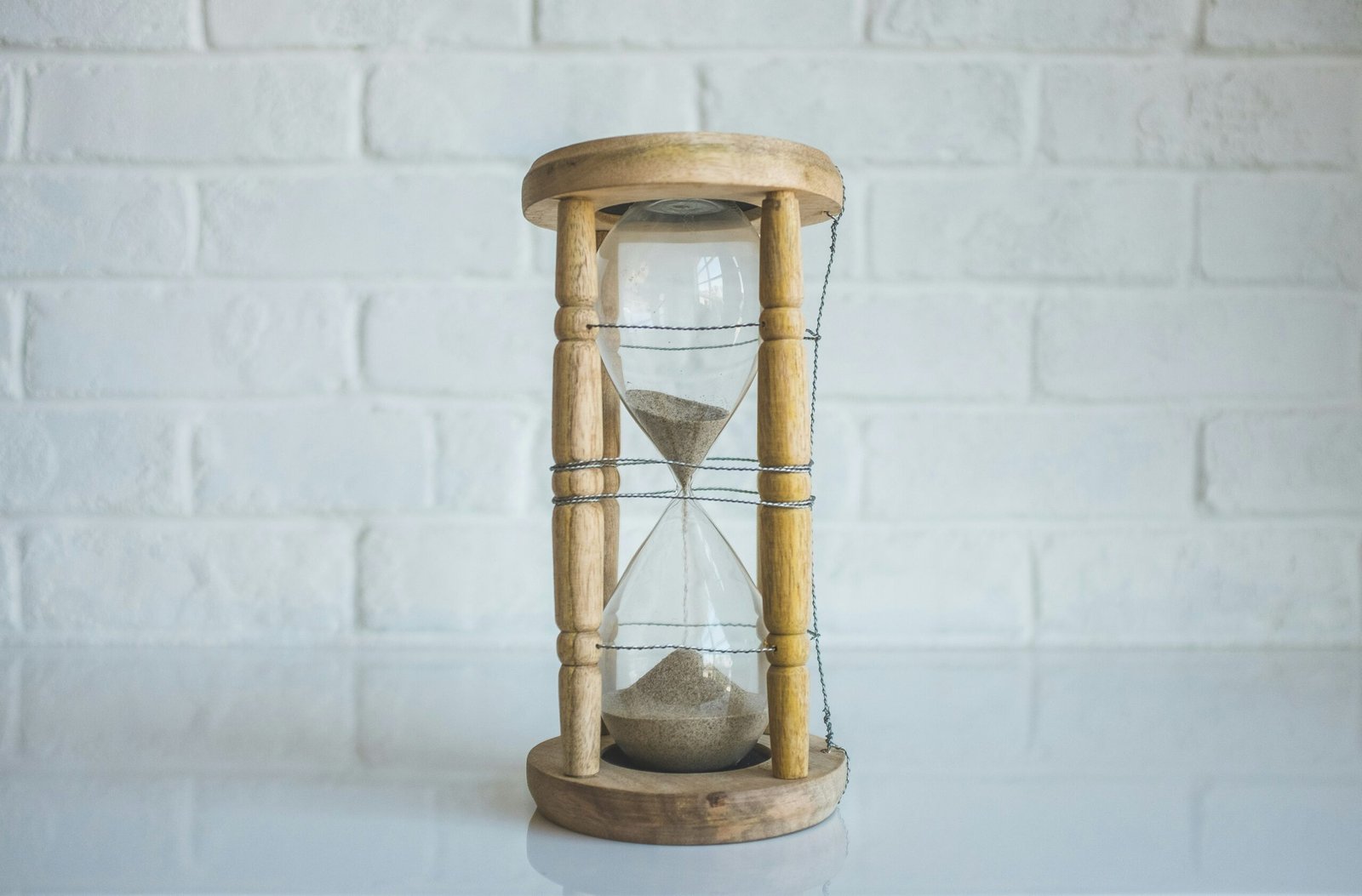If you own a gun safe, you understand the importance of keeping your firearms secure. However, it’s not enough to simply lock them away and forget about them. To ensure the longevity of your gun safe and the safety of your firearms, proper routine maintenance is vital. By following a few simple tips, you can keep your gun safe in optimal condition and rest easy knowing that your firearms are protected. From regular cleaning and lubrication to checking the locking mechanism, this article will explore essential maintenance practices for long-lasting gun safes.

This image is property of images.unsplash.com.
Regular Cleaning
Removing dust and debris
To keep your gun safe in optimal condition, regular cleaning is essential. Begin by removing any dust and debris that may have accumulated both inside and outside the safe. Use a soft cloth or a vacuum cleaner with a brush attachment to carefully clean the surfaces. Avoid using any abrasive materials that could scratch or damage the safe’s finish.
Cleaning the interior
Next, turn your attention to the interior of the gun safe. Remove all firearms, ammunition, and valuables before starting the cleaning process. Wipe down the interior surfaces with a non-abrasive cleaner or a mixture of mild soap and water. Pay close attention to any areas that may be prone to moisture or residue buildup, such as corners or seams. Once the interior is clean, thoroughly dry it before placing your firearms and valuables back inside.
Cleaning the exterior
Just like the interior, the exterior of your gun safe also requires regular cleaning. Depending on the material of your safe, choose an appropriate cleaning solution that will not damage the surface. Gently wipe down the exterior, paying extra attention to the lock and handle areas, which tend to accumulate dirt and grime. Afterward, rinse the safe with clean water and dry it thoroughly to prevent any water spots or streaks from forming.
Using appropriate cleaning products
When it comes to cleaning your gun safe, it’s crucial to use the right cleaning products. Avoid harsh chemicals, as they can cause discoloration or damage to the safe’s finish. Instead, opt for non-abrasive cleaners specifically designed for the type of material your safe is made of. Additionally, using lint-free cloths or soft brushes will ensure that you don’t leave any scratches behind. With regular cleaning using appropriate products, your gun safe will not only look its best but also maintain its functionality for years to come.
Inspecting and Lubricating Lock Mechanisms
Checking for any signs of wear or damage
The lock mechanism is the heart of your gun safe, so it’s crucial to regularly inspect it for any signs of wear or damage. Check the lock cylinder, keyway, and keyhole for any visible signs of rust, misalignment, or other damage. If you come across any issues, it’s important to address them promptly to ensure the safe remains secure.
Applying lubricant to the lock’s moving parts
To ensure smooth operation of the lock mechanism, regular lubrication is necessary. Using a lubricant specifically designed for locks, apply a small amount to the moving parts of the lock, such as the bolt, latch, and keyway. This will help to minimize friction and keep the lock functioning properly. Be sure to follow the manufacturer’s recommendations on the type of lubricant to use and how often to apply it.
Ensuring smooth operation
After lubricating the lock, test it to ensure smooth operation. Insert the key or enter the combination and see if the lock operates smoothly without any sticking or resistance. If you encounter any issues, it may indicate the need for further inspection or maintenance. Addressing any concerns promptly will help to prevent lockouts and potential security breaches.

This image is property of images.unsplash.com.
Checking the Bolts and Hinges
Inspecting bolts for tightness
The bolts of your gun safe are what keep it securely locked. Regularly inspect the bolts to ensure they are tight and properly aligned. If you notice any loose or misaligned bolts, tighten them using the appropriate tools. Pay close attention to the door bolts and any additional locking mechanisms, such as deadbolts or electronic locks. Remember to follow the manufacturer’s instructions when adjusting or tightening the bolts.
Re-tightening loose bolts
Over time, bolts may become loose due to regular use or other factors. Therefore, it’s important to re-check the tightness of your bolts periodically. Loose bolts can compromise the security of your gun safe and create potential vulnerabilities. By re-tightening any loose bolts, you can ensure that your safe remains secure and functional.
Examining hinges for smooth operation
The hinges of your gun safe are responsible for the smooth opening and closing of the door. Regularly examine the hinges for any signs of wear, damage, or misalignment. If you notice any issues, it’s important to address them promptly to prevent further damage or complications. Properly functioning hinges not only ensure easy access to your firearms and valuables but also prolong the lifespan of your gun safe.
Applying lubricant to hinges if necessary
To maintain the smooth operation of the hinges, periodic lubrication is recommended. Apply a small amount of lubricant to the hinge pins and the areas where the hinges pivot. This will help to reduce friction and prevent any squeaking or sticking of the door. Be sure to use a lubricant suitable for hinges and avoid excessive application, as it can attract dirt and debris.
Replacing Batteries
Inspecting battery levels regularly
If your gun safe is equipped with an electronic lock or other battery-powered features, it’s important to inspect the battery levels regularly. Many safes have a battery indicator or warning system to alert you when the battery is running low. Checking the battery levels at frequent intervals will ensure that your safe remains accessible at all times.
Replacing batteries before they run out
To avoid being locked out due to dead batteries, it’s recommended to replace them before they completely run out. The frequency of battery replacement will depend on the type of batteries used and the power consumption of your safe’s electronic components. Refer to the manufacturer’s guidelines to determine the appropriate lifespan of the batteries and set reminders accordingly.
Verifying battery compatibility
When replacing batteries in your gun safe, it’s important to verify their compatibility with the safe’s electronic components. Using the wrong type or size of batteries can cause damage to the electronic lock or other features. Check the manufacturer’s instructions or contact their customer support to ensure you are using the correct batteries for your specific model.

This image is property of images.unsplash.com.
Monitoring Humidity Levels
Using a hygrometer to measure humidity
Humidity can be a significant concern when it comes to storing firearms and valuables in a gun safe. Excessive moisture can lead to rust, corrosion, and damage to your possessions. Using a hygrometer, which is a device that measures humidity levels, regularly monitor the humidity inside your gun safe. This will allow you to take appropriate measures to maintain optimal conditions.
Maintaining humidity levels within the safe range
Ideally, the humidity inside your gun safe should be maintained within a safe range to prevent any moisture-related damage. The specific safe range will depend on the recommendations of the firearms manufacturer and the overall climate in your area. If the humidity level is too high, consider using a dehumidifier or moisture-absorbing products. Conversely, if the humidity level is too low, you may need to introduce moisture-absorbing materials to prevent excessive dryness.
Using moisture-absorbing products if necessary
To further protect your firearms and valuables from moisture, you can use moisture-absorbing products within your gun safe. Silica gel packets or desiccant packs are commonly used to absorb excess moisture and maintain a dry environment. These products are readily available and should be replaced or recharged as per the manufacturer’s instructions.
Checking for Moisture or Water Damage
Inspecting for signs of moisture or water entry
Regularly inspect your gun safe for any signs of moisture or water entry. Look for condensation on the interior surfaces, as well as any signs of leaks or water damage on the exterior. Check the seal around the door and ensure it is intact and properly aligned. Any indications of moisture or water entry should be addressed promptly to prevent further damage.
Addressing leaks or water-related issues promptly
If you discover any leaks or water-related issues with your gun safe, it’s crucial to address them promptly. Determine the source of the problem and take appropriate measures to fix it. This may involve repairing the safe’s seal, addressing plumbing issues, or relocating the safe to a drier area, if necessary. Delaying repairs can lead to further damage to your firearms and valuables or compromise the safe’s overall security.
Ensuring the interior remains dry
To prevent moisture-related issues and maintain the integrity of your firearms and valuables, it’s important to ensure that the interior of your gun safe remains dry at all times. Regularly check for any signs of moisture accumulation and address them promptly. By keeping the interior dry, you can minimize the risk of rust, corrosion, and damage to your stored items.
Securing the Safe’s Location
Choosing a suitable location that minimizes exposure to the elements
When determining the location for your gun safe, select a spot that minimizes exposure to the elements. Avoid placing the safe in areas prone to excessive humidity, temperature fluctuations, or direct sunlight. A cool, dry, and well-ventilated area of your home will help ensure the longevity of your gun safe and the protection of its contents.
Avoiding areas prone to humidity or temperature fluctuations
Humidity and temperature fluctuations can negatively impact the performance and longevity of your gun safe. Avoid placing the safe in areas such as basements, garages, or attics, where the humidity levels and temperatures can vary significantly. Instead, consider placing the safe in a central area of your home that maintains more stable conditions.
Bolting the safe to the floor or wall for added security
To enhance the security of your gun safe, consider bolting it to the floor or wall. This additional measure will make it more challenging for potential burglars to remove the safe from its location. Follow the manufacturer’s instructions and use appropriate anchors and hardware to ensure a secure attachment. Bolting the safe not only deters theft but also prevents accidents, such as tipping over, especially if you have children or pets.
Maintaining Fireproofing
Checking fireproofing rating periodically
Fireproofing is an essential feature of a gun safe, providing protection for your firearms and valuables in case of a fire. Periodically check the fireproofing rating of your safe to ensure it meets your specific needs. Manufacturers test and rate their safes based on specific fire endurance criteria, so it’s important to understand the rating and whether it aligns with your expectations.
Avoiding placing flammable items near the safe
To maintain the effectiveness of your gun safe’s fireproofing, avoid storing any flammable items in close proximity. Keep any chemicals, aerosols, or combustible materials away from the safe, as they could potentially contribute to a fire hazard. Additionally, pay attention to the location of the safe and ensure there are no flammable substances or potential ignition sources nearby.
Ensuring fireproofing seals are intact
Regularly inspect the fireproofing seals on your gun safe to ensure they are intact and properly aligned. These seals play a crucial role in preventing smoke and heat from entering the safe during a fire. If you notice any signs of damage or wear, contact the manufacturer for guidance on replacement or repair. Maintaining the integrity of the fireproofing seals will ensure the maximum protection of your firearms and valuables.
Regular Inventory Checks
Conducting regular inventory of stored firearms and valuables
To ensure the security and organization of your gun safe, conduct regular inventory checks of the stored firearms and valuables. Create a detailed inventory list, including serial numbers, descriptions, and photos of each item. Compare this list with the actual contents of the safe to identify any discrepancies or missing items. Regular inventory checks provide peace of mind and help in the event of theft or loss.
Updating inventory lists
As you acquire or remove firearms and valuables, it’s important to update your inventory lists accordingly. Keep track of any purchases, sales, or transfers of items stored in the safe. This will help you maintain an accurate record and assist law enforcement or insurance companies in case of an incident. Regularly updating your inventory lists is a key aspect of responsible gun ownership.
Removing any unnecessary items
Periodically assess the contents of your gun safe and remove any unnecessary items. This includes firearms you no longer use, expired ammunition, or valuables that are no longer relevant. Removing clutter not only maximizes the available space but also makes it easier to locate and access the items you truly need. Donate, sell, or dispose of any unwanted items responsibly.
Professional Inspection and Maintenance
Considering professional inspection and maintenance services
While regular cleaning and maintenance can significantly contribute to the longevity and performance of your gun safe, there may be cases where professional assistance is necessary. Consider scheduling professional inspection and maintenance services periodically. Trained technicians can identify and address any underlying issues that may not be apparent during routine maintenance.
Seeking assistance for complex repairs or issues
If you encounter complex repairs or issues with your gun safe that go beyond your expertise, it’s advisable to seek professional assistance. Attempting to fix complicated problems without the necessary knowledge or tools can potentially cause further damage. Professional locksmiths or safe service providers have the expertise to handle complex repairs and ensure your safe’s functionality and security.
Following manufacturer recommendations
Lastly, always follow the manufacturer’s recommendations for the maintenance and care of your gun safe. They provide valuable insights specific to your safe’s make and model. These recommendations may include cleaning techniques, lubrication intervals, and other important maintenance guidelines. By adhering to these guidelines, you can ensure the longevity and optimal performance of your gun safe for years to come.
Remember, regular maintenance and responsible care of your gun safe will not only protect your firearms and valuables but also ensure the safety of those around you. By following these routine maintenance tips, you can enjoy peace of mind knowing that your gun safe is in excellent condition and ready to reliably safeguard your belongings.
